Copyright Infringement: Abuse vs. Fair Use
The primary protection given to copyright owners is the right to authorize others to reproduce their work. Unauthorized distribution of copyrighted works often result in infringement cases as copyright owners state their incontestable claim to their own works and distribution.
This level of protection is limited however by a policy titled, “Fair Use”. Section 107 of the copyright law (title 17, U.S. Code) lists various purposes for reproducing copyrighted material protected under Fair Use such as: criticism, comment, news reporting, teaching, scholarship and research. Section 107 lists four factors that help determine the use:
-
- The purpose and character of the use, including whether such use is of commercial nature or is for nonprofit educational purposes
- The nature of the copyrighted work
- The amount and substantiality of the portion used in relation to the copyrighted work as a whole
- The effect of the use upon the potential market for, or value of, the copyrighted work
Even with these factors spelled out for the public, there remains an unclear definition of what the perimeters are for using material that result in blurred lines between Copyright Infringement and Fair Use.
Being there’s no quantified amount of copyrighted work that may be used without permission, and simply citing the original owner is insufficient acknowledgement, protection under Fair Use is often disputed.
Those seeking additional protection to use copyrighted work should seek the permission of the original work’s author. When permission is unobtainable, it is recommended to seek consultation of legal representation to determine the fair usage of a protected work.


